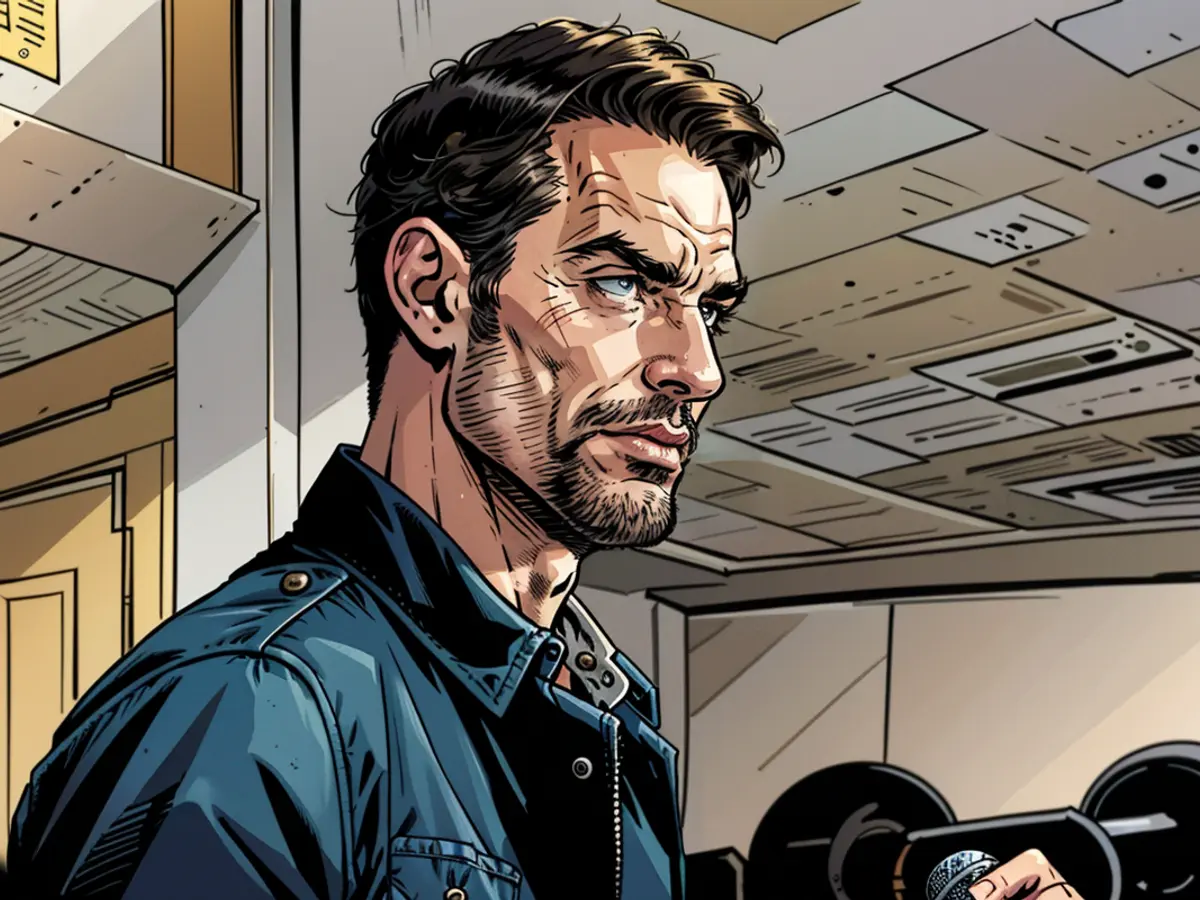He spent several months visiting prisoners on death row and witnessed three individuals being put to death. Here's what he observed.
Hale was one of seven journalists assigned to observe Billy Ray Irick's execution at the Riverbend Maximum Security Instruction in Nashville. He had previously written about Irick's heinous rape and murder of a 7-year-old girl over 30 years ago. However, nothing prepared him for the events that transpired that night in 2018.
Nearby, a group of pro-death penalty supporters were blaring AC/DC's "Hells Bells" from a loudspeaker. As Hale and the other journalists were escorted to the execution chamber, he noticed a small group of people huddled in a field outside the prison. They were there to support Irick in his last moments. One of them told Hale he had phoned the prison, begging to be allowed to sit with Irick during his final moments. When refused, the man wept.
Later that night, the group held a vigil outside the prison, hoping to claim Irick's body for a memorial. It was then that Hale became intrigued by the dedication of these individuals. They were not related to the convicts or pro-death penalty activists; instead, they were regular folks determined to provide comfort to inmates scheduled for execution.
Intrigued, Hale started attending the group's weekly trips to Riverbend. They met with death-row prisoners and engaged in everyday discussions, from football to family life.
For many Tennesseans, these were tumultuous times. In the span of just under two years, six executions were held, a staggering number unlike anything the state had seen since the 1940s. Hale personally witnessed two more executions, in addition to Irick's. He penned a book titled "Death Row Welcomes You: Visiting Hours in the Shadow of the Execution Chamber," delving into the intricacies of Tennessee's capital punishment system and the peculiar friendships that develop between the condemned and the strangers who visit them.
The book sheds light on the backgrounds of the sentenced individuals and their perspective after spending decades behind bars. While visiting the prison, Hale was surprised by the ordinariness of the conversations he had with the prisoners.
As Hale, age 36, narrated to CNN, "These encounters are so normal as to be extraordinary and so life-giving as to feel defiant." He recounted an incident during one of his visits in which a condemned inmate learned he had attended Auburn University and lashed out, teasing him about the school's performance that year. "It almost felt like I was in a bar somewhere," he said. "In that visitation room, everything felt normal. And then, when we walked out, and we saw the barb-wired fence and the armed guards, you remember, 'Oh, yes, I'm in a maximum-security prison.'"
This newfound community of visitors who offered a different form of compassion to the inmates was unprecedented. "I didn't know these people existed," Hale told CNN. "I didn't know anyone was going to these prisons to just visit people on death row, not as lawyers, not even family members, just as regular folks."
Hale is a reporter for the Nashville Banner. He spoke to CNN about his interactions with the condemned and the visitors, drawing parallels with "Dead Man Walking" and Sister Helen Prejean, a Sister of St. Joseph of Medaille famous for defending death row inmates. Hale's responses were edited for length and clarity.
How did you transition from covering death row inmates to becoming part of their world?
As I was covering criminal justice in Tennessee, I began to take an interest in the death penalty. However, when I relocated to Tennessee in 2010, executions were rare. It wasn't until 2014 that the state resumed scheduling them, so I volunteered to witness one of those executions. I was set to attend when it was postponed due to legal battles over lethal injection drugs.
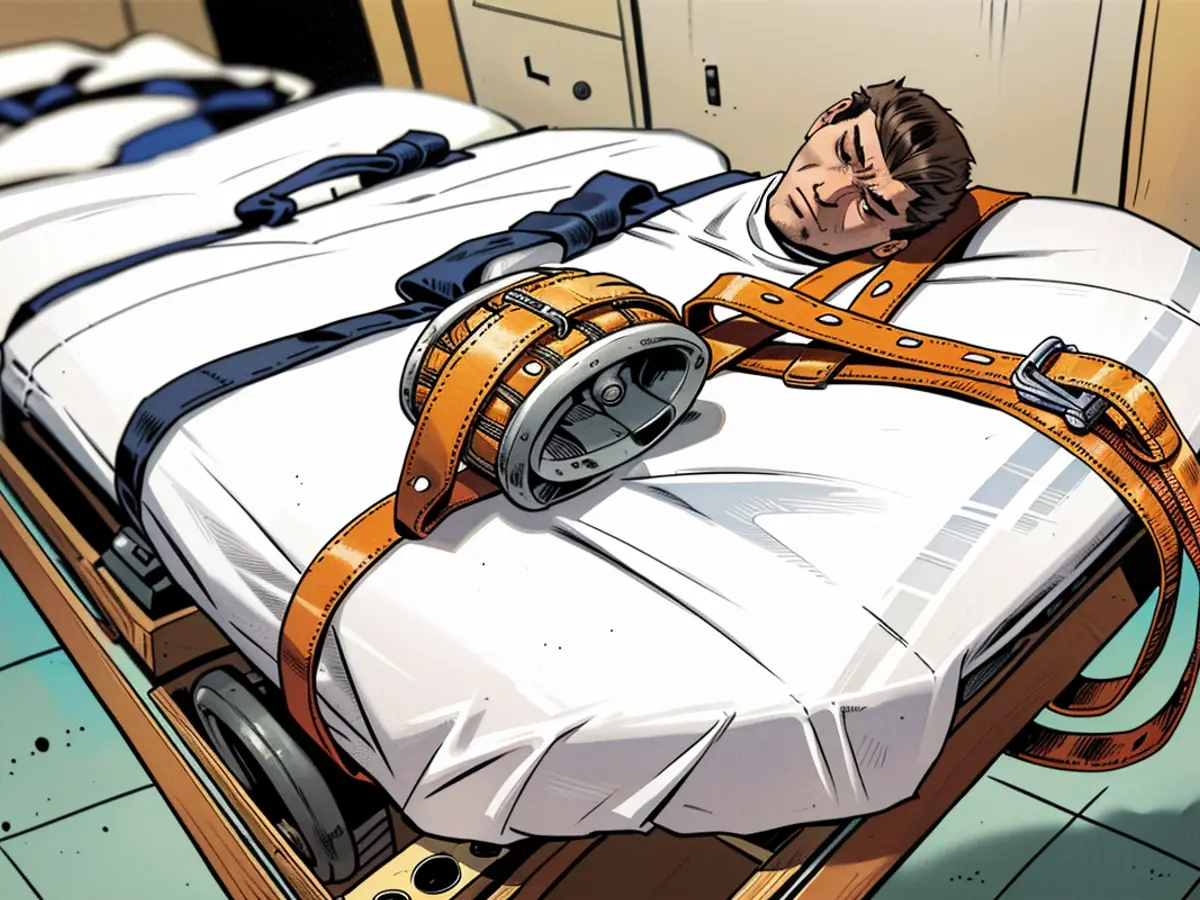
Then, in 2018, more executions were scheduled, and I set about meeting and interviewing Irick or other death row inmates. However, accessing inmates in Tennessee was incredibly challenging for reporters. That's when I met some unconventional visitors: regular people who went to the prison simply to converse with inmates on death row. I was hugely influenced by this community and realized there was a more significant story to tell.
When was your first visit to death row, and what was that like?
Shortly after Irick's execution, I went to Riverbend Maximum Security Instruction with this group of visitors. I felt profoundly moved by the atmosphere and camaraderie in the room. That's when I thought, there could be a book here. It was fascinating to see people from different backgrounds united in one mission: offering comfort to prisoners facing execution.
What specifically stood out to you about your initial encounter with the death row inmates?
The unconventionality of it all. These people weren't lawyers or family members; they were merely individuals who chose to connect with those on death row. Distinct from traditional roles, their friendship was characterized by humanity and compassion. It was a unique insight into the lives of incarcerated individuals.
How did your experience with death row inmates change your perspective on the justice system?
Documenting the lives of those on death row, especially their struggles and experiences in isolation, provides a different perspective on the dehumanizing effects of incarceration and capital punishment. It brought forth the humanity in situations that are typically perceived as black and white. The system’s flaws became more apparent, creating a deeper awareness.
The variety of visitors on death row ranges from young to old individuals, some connected through a church or community organization. When I first visited death row for these sessions, I sat next to a senior woman, older than my parents, who looked out of place. As it turns out, an older White woman was chatting with a Black man on death row. This mix of age and demographics intrigued me. People in this community aren't activists; they might have seen themselves as such recently, but initially, they weren't.
Why do these individuals choose to visit death row and attend executions?
Several visitors I encountered for my book joined because of a church or due to someone inviting them. Their reasons differ. A few may see the visits as a way of expressing their Christian faith, while others view it as a personal journey that evolved into something more significant.
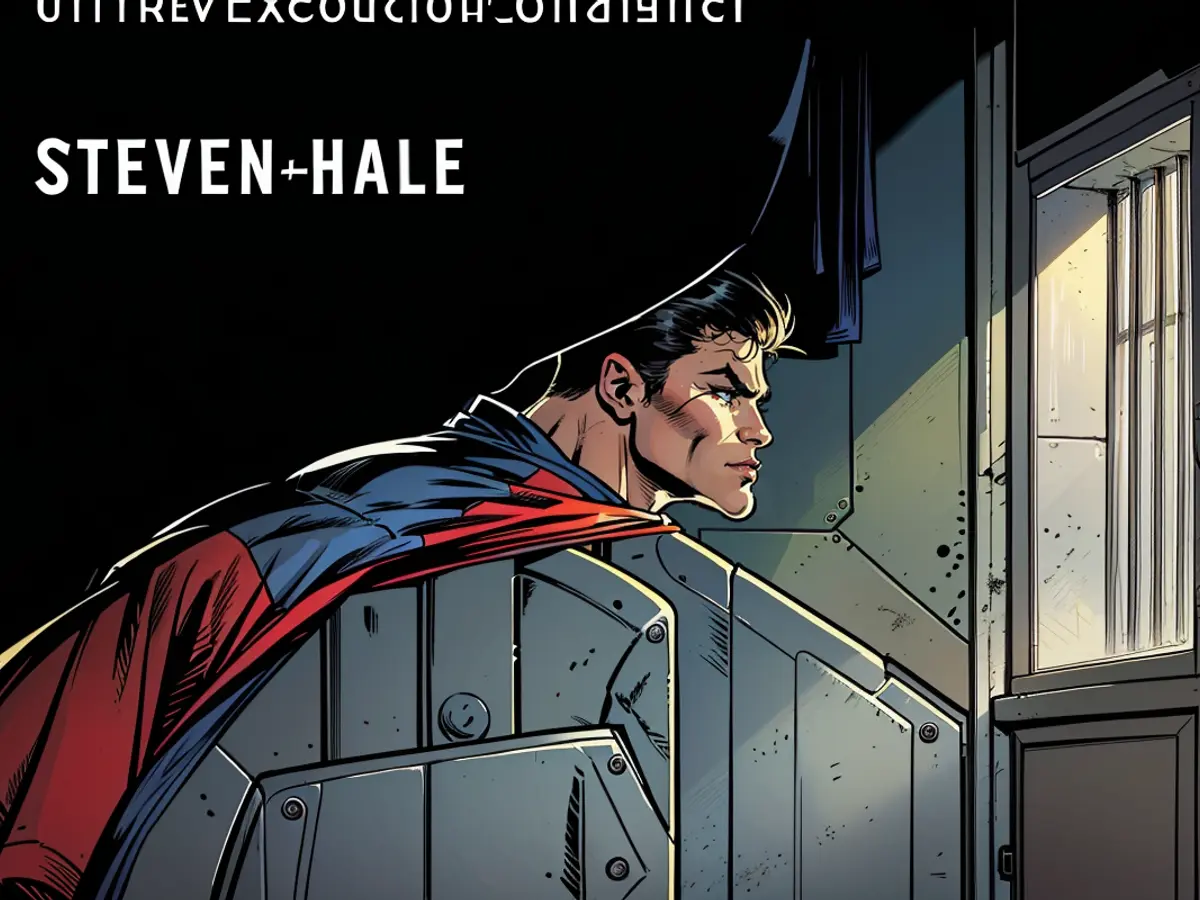
What is the reaction of inmates towards these visits?
Visits are crucial because they meet the social needs all individuals have. These friendships serve as acceptance of the inmates as they are now. The courts, prisons, and society have forced them into the identity they had years ago, which involved committing heinous crimes. Their relationships with regular visitors, however, transcend this label.
How did you balance the inmates' past crimes with who they are today?
It's an intriguing question, and I even inquired about the research done on some of these convicts. The extent of their research varies, and one visitor shared that they don't look them up online when meeting them because the person they find online isn't the person they'll meet. However, there was one inmate I connected with particularly: Terry Lynn King. He's been on Tennessee's death row since 1985 after being convicted of first-degree murder.
I understood that, as a journalist and author, I'd need to delve into their past and crimes. However, during the visits, I just wanted to interact with the person in front of me, without considering their past.
What steps did you take in preparing for visits with death row inmates?
I tried not to think about it too much. When I first went to Riverbend Maximum Security Instruction for an execution, it was a heavy experience psychologically. However, the next time I went was to visit death row, and it felt lighter because I wasn't there for an execution. The visitors seemed excited to see their friends on death row. As a reporter, I wanted to immerse myself in this unique experience where most people never step foot.
How do the visitation procedures work in Tennessee's death row system?
Tennessee's death row has a tiered system that gradually provides more freedom and privileges based on time and behavior. The inmates spend most of their time out of their cells, participating in arts and crafts and buying food. The book mentions Terry carrying a bag of microwave popcorn and offering some, creating a surreal environment in the visitation gallery on death row.
What is the size of the community of people who frequent death row?
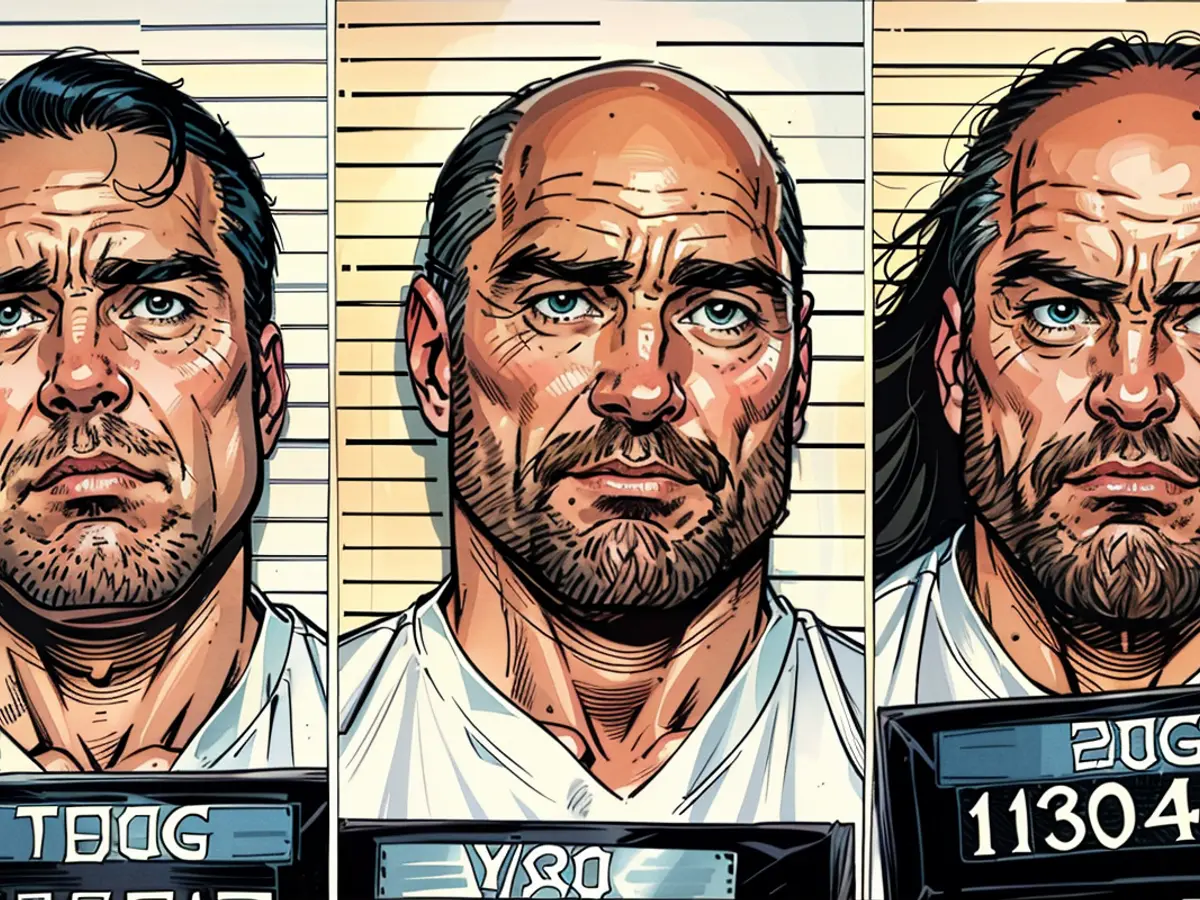
It's difficult to estimate, as some are regular visitors, while others are guests like me. The community described in the book likely has around a dozen people. The first time I visited, there were around 12 visitors on the outside and the same number of men on death row. This is a tight-knit group. However, their goal is to expand this community by inviting others to join them. I was part of that outreach.
I grew up believing that kindness and forgiveness were valuable, and that taking someone's life, even if they had taken someone else's, was not okay. This led me to start against capital punishment. As I examined this issue further as a journalist, I discovered that the death penalty system in America has become inconsistent. In certain states, you may commit a crime and receive the death penalty while in others, you would not. Even within states, sentences can vary depending on the county you're in.
The more I witnessed these executions, the stronger I became in my belief that society's separation from this topic allows it to remain in place. If more people had personal interactions with those on death row or had seen these executions, they might feel differently.
Throughout history, we've changed how we carry out executions - from hanging to electrocution to lethal injection. Now, some states are trying gas. I observed both lethal injections and electrocutions, and regardless of the method, it's obvious that it's akin to killing a person. It appears brutal and is often covered up with legal language.
There's also a racial bias in the death penalty system, where the race of the victim significantly influences the sentence. People who kill whites are more likely to receive the death penalty than those who kill blacks. This approach to prosecuting these crimes is unfair.
Did you witness any specific executions, and did the inmates have any last words?
I watched the execution of Billy Ray Irick with a lethal injection, the electrocution of David Earl Miller, and the electrocution of Stephen West. Before being executed, Irick said he was sorry. Miller simply stated, "beats being on death row." However, West's final moments are often what I think of - sitting in the electric chair and sobbing, tears streaming down his face. I can't fully understand what was going through his mind at that time, but it's an image that often comes to me.
What do you wish readers will take away from your book?
I want my book to challenge people's assumptions about those on death row and the visitors they receive.
A significant message in my book is the idea that some people are so deplorable that they cannot be brought back from their actions. However, I've met death row inmates in Tennessee who I would trust with my life and my children.
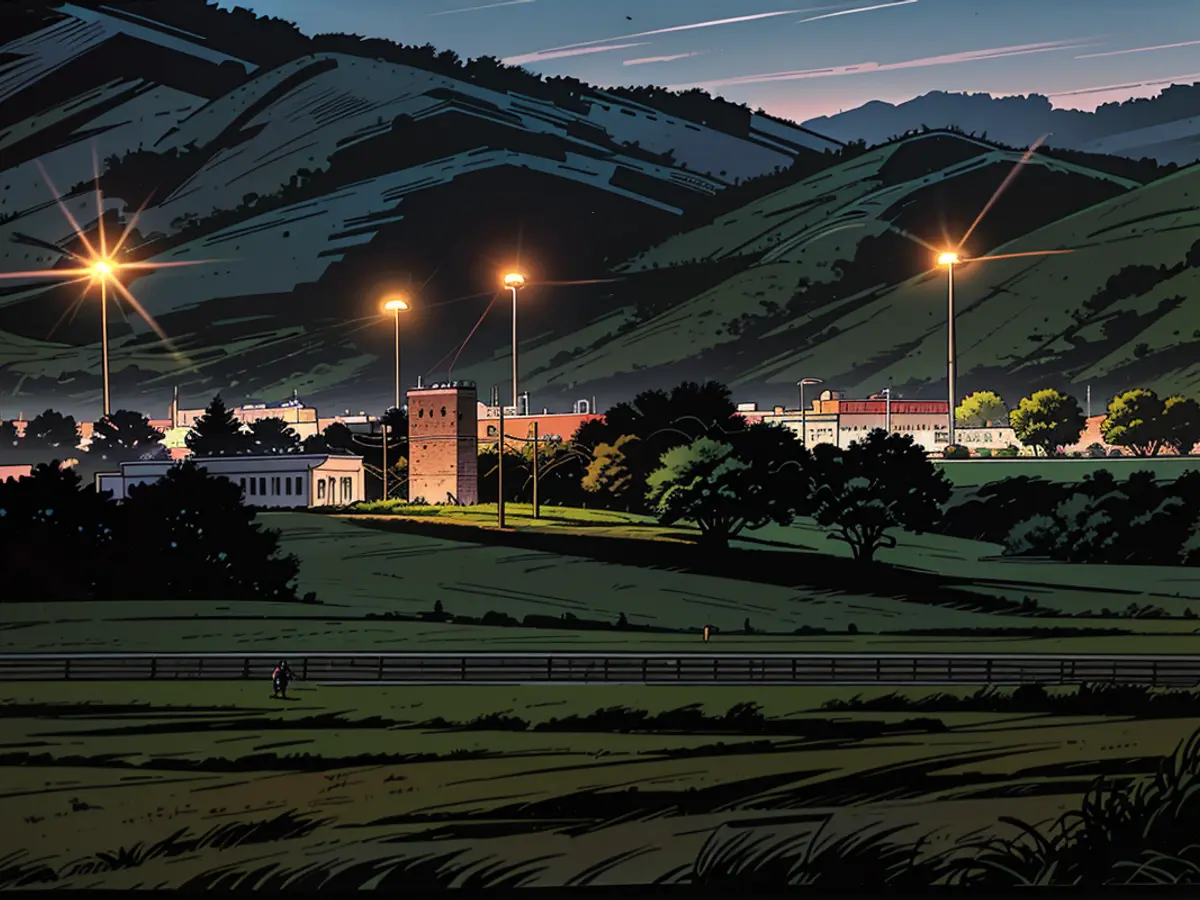
The crimes they committed were heinous. But it's crucial to recognize that they aren't the same individuals who committed them. Many of these people have been on death row for longer than my lifetime. They're not the same people any longer.
Read also:
In the book, Hale details his interactions with this newfound community of visitors, highlighting that they were not related to the convicts or pro-death penalty activists, but were "regular folks" determined to provide comfort to inmates scheduled for execution.
As Hale attended the group's weekly trips to Riverbend, he observed that these visitors did not see themselves as activists initially, but their interactions with the prisoners turned into a significant personal journey.
